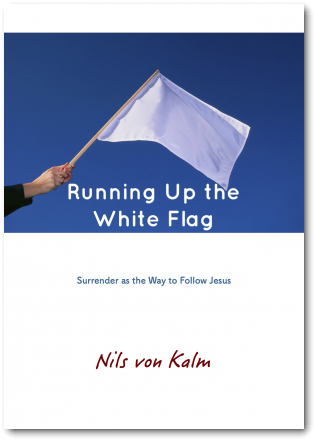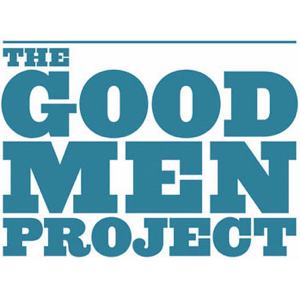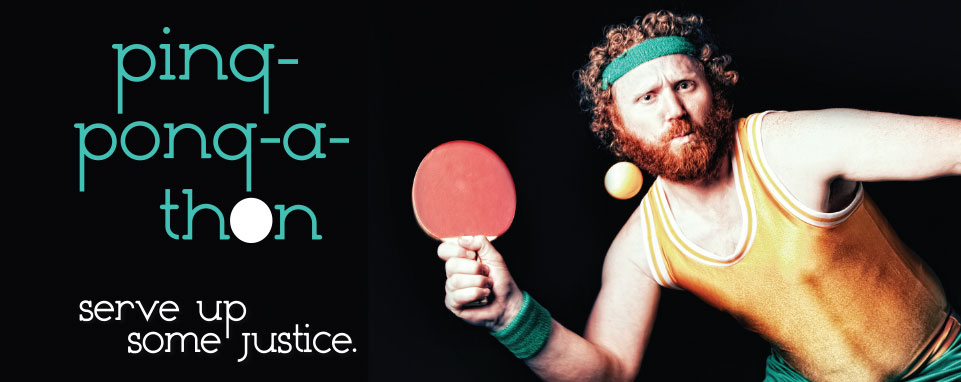 This month marks the 20th anniversary of one of the most wonderful moments in the history of what was a turbulent 20th century. For millions of Germans it will no doubt be one of the enduring memories of their lives. November 9, 1989 was the day that the infamous Berlin Wall finally fell.
This month marks the 20th anniversary of one of the most wonderful moments in the history of what was a turbulent 20th century. For millions of Germans it will no doubt be one of the enduring memories of their lives. November 9, 1989 was the day that the infamous Berlin Wall finally fell.
I can still recall watching it on TV at my mother’s home. As I was watching, my mother who, along with my father, was born and raised in Germany, had tears streaming down her face, unable to believe the enormity of what was happening before her eyes – this beautiful celebration of unity after so many years of division.
A BBC news report from the time states that,
“the first indication that change was imminent [on that day] came when East Berlin’s Communist party spokesman, Gunther Schabowski, announced that East Germans would be allowed to travel directly to West Germany. This announcement was intended to stem an exodus into West Germany through the “back door” which began [the previous] summer when the new and more liberal regime in Hungary opened its border. The flow of migrants was intensified [in early November 1989] when Czechoslovakia also granted free access to West Germany through its border.”
For Michael Meyer, author of The Year That Changed the World: The Untold Story Behind the Fall of the Berlin Wall (Simon & Schuster), there is an “untold story” about the fall of the Wall which
“revolves around Miklós Neméth, the reform-minded and diplomatically brilliant prime minister of Hungary. By 1989, like most of the Warsaw Pact countries, Hungary faced dismal financial straits, and Neméth looked West for answers. Upon taking power, Neméth took his time making the ceremonial visit to Moscow. When he finally arrived, he privately broached the possibility of Hungarian elections with Gorbachev. The Soviet leader was furious. Neméth pushed him, asking point blank: if communists in Budapest were voted from power, would Russia retaliate? “Nyet,” Gorbachev finally said. “At least, not while I am sitting in this chair.” It was a startling admission of restraint. For Meyer, what came next was legendary. After ultrasecret negotiations with the West Germans, Neméth opened the country’s border with Austria, striking a blow at the heart of Moscow’s grip. The empire could no longer control the borders of the Warsaw Pact. Meyer calls the choreography “one of the great subterfuges in the annals of diplomatic history,” one that would set in motion the breakaways of other states to the West, culminating in the Nov. 9 opening of the Berlin Wall.”
Common consensus though says that the real hero of the fall of the Berlin Wall was Mikhail Gorbachev who wanted to restructure the Soviet Union and make it more open. What ‘open’ meant was indeed open to interpretation, but history now tells us exactly what Gorbachev meant by it. The words he used for these changes were ‘perestroika’ and ‘glasnost’.
Newsweek describes the opening of the Wall on that incredible night by saying,
“On Nov. 9, a commander at Checkpoint Charlie, the most iconic locale of the Cold War, caved to the shouting of the throngs amassed around him. In Meyer’s account, “Whatever the case, at 11:17 p.m., precisely, [the border guard] shrugged his shoulders…as if to say, why not?” And the wall opened. Tens of thousands flooded the West.”
The scenes were overwhelming. Complete strangers hugged each other; hundreds danced on the wall, while others hacked at it with their own picks and other tools. Families who had been forcibly separated for almost 30 years were finally reunited. The tears overflowed as a nation divided was finally brought back together again.
There was concern at the time about whether or not Gorbachev would crack down on the opening of the Wall. But it never happened, and one of the most remarkable nights of the 20th century happened with a completely non-violent revolution. Of course, as we now know, it led the way for the collapse of the Communist bloc across Eastern Europe.
In 2003 my wife, Nell, and I visited Berlin on a tour through Europe. As we were taken around the city by a cousin, the remains of the infamous concrete structure were still there for all to see in some places. They were there as a reminder of what once was, and what must never be again. Throughout Berlin you can see bricks in the ground where the Wall used to run, literally cutting across streets and cutting families off from each other.
My cousin who was taking us through the city that day described to us how she used to feel when she would occasionally make the trip from East Berlin to the West in those dark days, and the relief she would feel as she crossed the checkpoint back into West Berlin. On this day she said she could still feel hose same emotions as she literally stepped over the same line where the Wall used to be.
I felt a mixture of emotions as I thought about my heritage in this old city, this city of division and now of amazing reunification. What happened in Berlin in November 1989 was just part of a tidal wave that swept across eastern Europe as a whole system of government collapsed, seemingly overnight.
On November 9, 2009, Berlin will celebrate the 20th anniversary of the fall of the Berlin Wall with a “Festival of Freedom”, during which over 1,000 foam domino tiles over 8 feet tall will be stacked along the former route of the wall in the centre of the city and toppled over. I wish I could be there to celebrate with them. For many, there will no doubt be painful memories of those brave souls who were shot dead by border guards over the years in a desperate attempt to escape the East. I hope this celebration will also be a tribute to them.
November 9, 1989 was a night unlike any other. It was a night which is a reminder of what the Kingdom of God will be like, a place where the only tears will be tears of joy, and the pain will be long forgotten as we worship the Prince of Peace together in the new creation.



